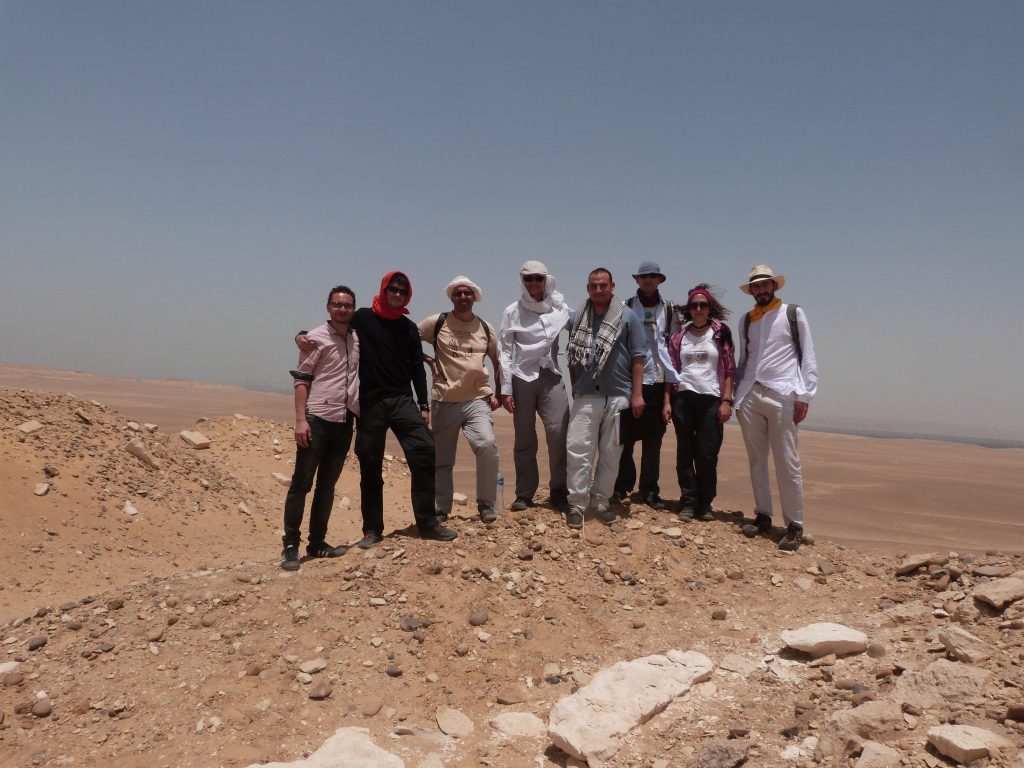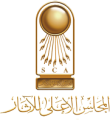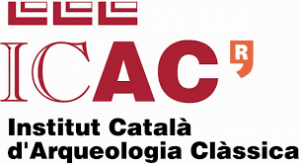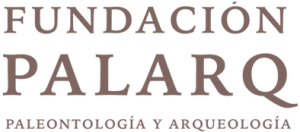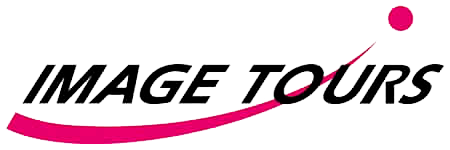The Season 2019 of Kom el-Khamaseen Project begins
The first campaign of our project in the archaeological area of Saqqara Southwest, dominated by the site of Kom el-Khamaseen, has began in the first days of this month of June 2019. Our original intention was to make a long campaign, three months, with prospection of the entire area of the concession, and excavation of the main site, but the delay in administrative and security procedures (security permissions have not arrived until the end of May) forced us to rethink the work plan and contemplate a shorter campaign, just one month. Specifically, we will work on the ground from June 2 to 28, and we will do an exclusive campaign of archaeological surveying and topographic survey of the site and the adjacent area. We know, in fact, that in our concession there are other minor archaeological sites, which must be documented and placed on the map. We left the excavation of Kom el-Khamaseen and some of these other possible sites for next year’s campaign.
The team is housed in one of the houses that the Service of Antiquities has enabled for foreign missions next to the Imhotep Museum and the Saqqara Inspectorate. We are, then, at the foot of the site, just a walk from the step pyramid of Netjerkhet. It is a comfortable house, with large double rooms with bathroom, a work room and – as is mandatory in the Egyptian houses – a large dining room and living room and reception, where we meet at leisure and receive visitors. In the kitchen, also spacious and well equipped, our landlord, Atef, and his family prepare the delicious stews that we have the privilege to taste every day. We can not feel better taken care of …
We work from Saturday to Thursday and rest on Friday, the weekly Sabbath and the spiritual gathering day of the Egyptians, which we use to visit the pharaonic, Islamic and Christian monuments of Cairo and the Memphite necropolis. The work days are articulated in two moments. In the early morning, around 06:00, we started the field work, which ended around 12:00 noon, to avoid the hottest hours. Indeed, in June the sun is already becoming inclement at the central hours of the day, especially when the dreaded “heatwaves” occur, increasingly frequent. We make the trips in 4×4, because the concession is all of it very deep into de desert and this is the only way to access the sites. After lunch and a break, we dedicate the afternoon to the work of recording and cataloguing data, photos and documented materials, to the tuning of the files of the different discovered sites and their precise location in the cartography, to the drawing of the pottery and the tasks derived from the taking of topographic data. After the campaign, all of this will be the basis of the report we will deliver to the Service of Antiquities. We intend to also publish a Preliminary report of the campaign in an Egyptological impact magazine.
In prospecting work, we proceed on the basis of two different methods. In the easternmost areas of the concession, east of Kom el-Khamaseen, closer to the Saqqara monuments and, therefore, morelikely to contain remains or archaeological sites, we are conducting a walking and detailed trace of the terrain. Instead, in the easternmost areas of the concession, west of Kom el-Khamaseen, already very far from the valley and, therefore, much less susceptible to harboring vestiges, we will proceed more selectively, according to what can be see in the aerial photographs of Google Earth and other terrestrial surface viewing satellite programs (which reveal, for example, that some areas have been removed by quarry workers and looters) and with the field experience of the Egyptian members of the Mission.
The mission is a Spanish-Egyptian collaboration. The Spanish team consists of Dr. Josep Cervelló, director of the mission and epigrapher (UAB), Dr. Marc Orriols, field director and archaeologist (UAB), Dr. Zulema Barahona, field director and ceramologist (Universität Basel), Dr. Josep Maria Puche, surveyor (ICAC and UAB), PhD students Xisco Garcia (archaeologist), Daniel González (epigraphist and mission’s secretary), María González (ceramólogo) and Daniel Vives (archaeologist), all of them Master in Egyptology from the UAB, and audiovisual technician Albert Triviño. The Egyptian team consists of the co-Director of the mission and archaeologist Dr. Mohammad Youssef (Director of the Saqqara Antiquities Area, Supreme Council of Antiquities), the archaeologists Tamer Ragab Abdallah and Ismail Mostafa, and the inspector of antiquities Mahmoud Header. Special mention deserves the general manager of the mission, Fekry Touba, who deals with administrative procedures with the Egyptian authorities and all logistical and daily aspects. An ancient and close friendship binds him to Josep, the director of the mission.
Sponsors and collaborators

